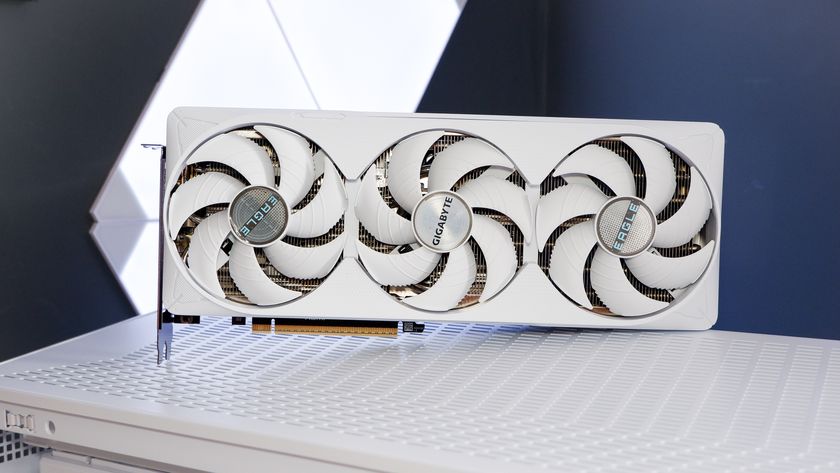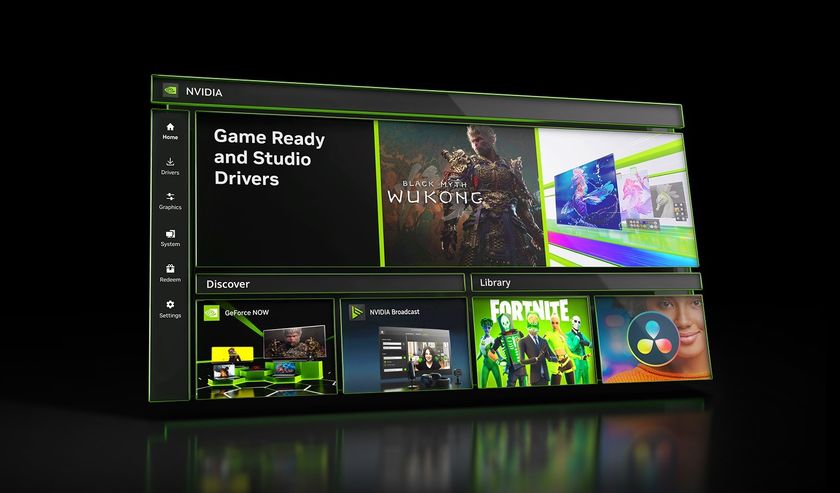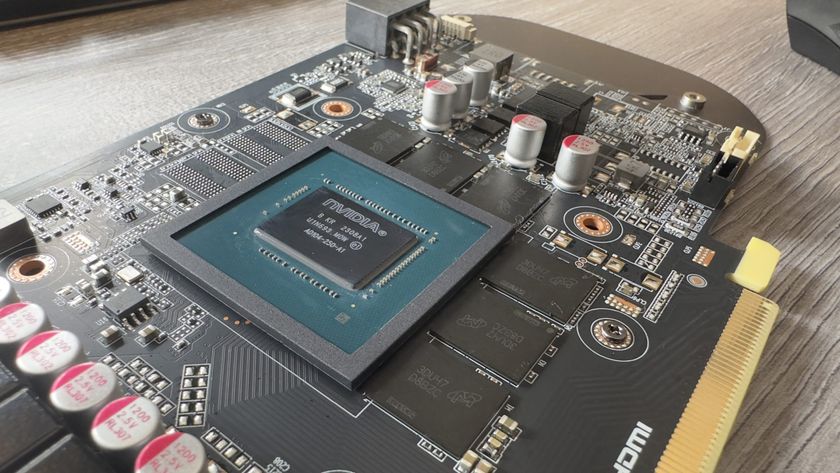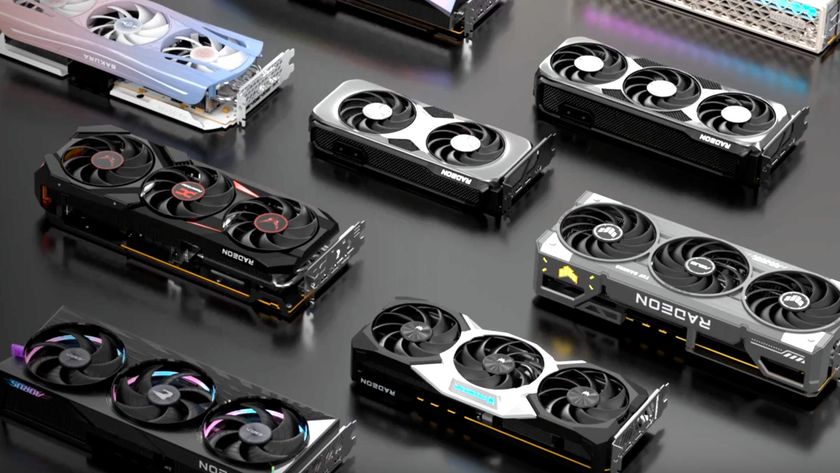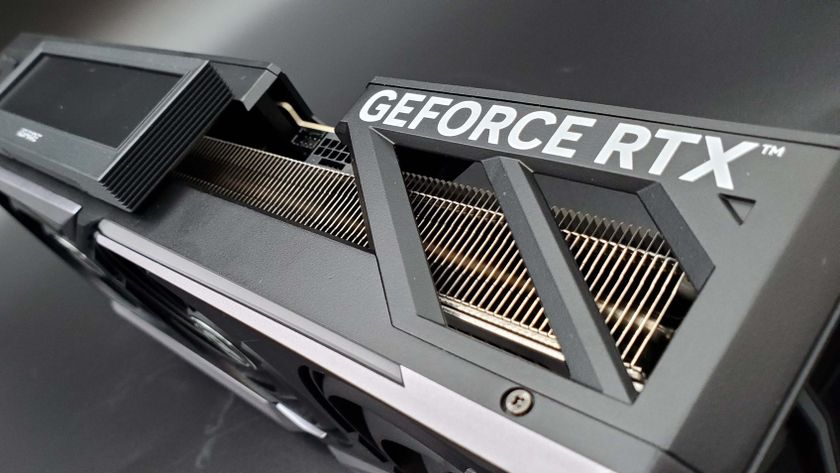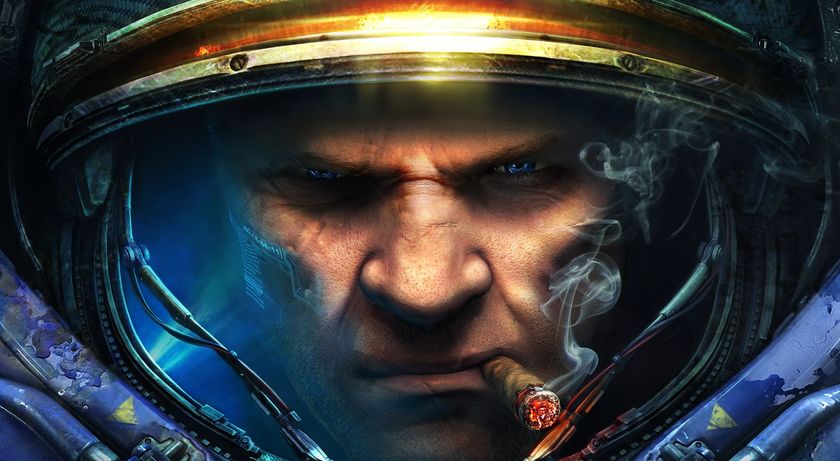Is AMD’s Radeon RX 6800 a cryptocurrency mining beast?
Rumour of RDNA 2's mining prowess would be bad news for gamers, but it probably isn't accurate.
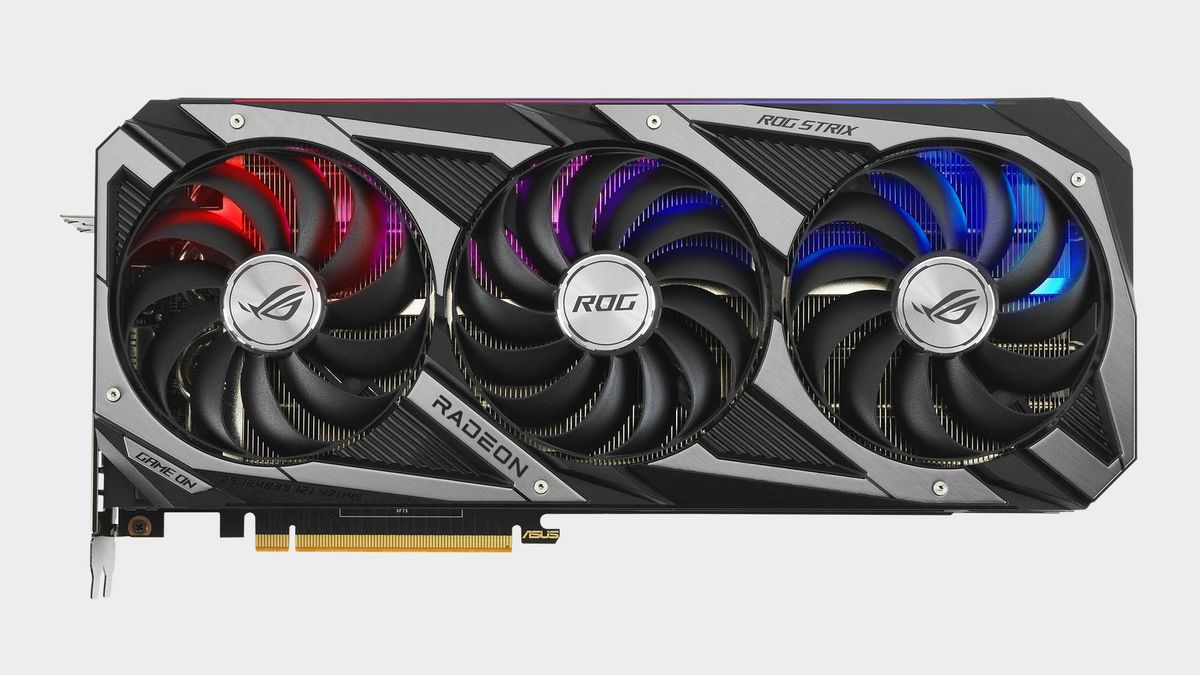
The internet is alive with rumours of the cryptocurrency mining prowess of AMD’s new RDNA 2 architecture, as seen in the new Radeon RX 6800, 6800 XT and 6900 XT GPUs. According to a user on QQ, a snapchat-esque social media platform in China, the vanilla RX 6800 is fully 1.5 faster than Nvidia’s mighty GeForce RTX 3090.
If accurate, it would make the 6800 and by implication all AMD RDNA 2 cards dramatically more efficient for crypto mining than Nvidia's Ampere GPUs. It would also imply a huge bun fight among miners competing to buy RDNA 2 cards and in turn inflated prices and run on availability. Not nice if you’re thinking about buying one of these gaming cards for, you know, gaming.
We have, after all, been there before back in 2017 and 2018 when the retail pricing of many graphics were twice the recommended prices thanks to mining demand. Indeed, mining is at least partly to blame for the way even the MSRP pricing of all GPUs has escalated over the past four or five years.

Best CPU for gaming: the top chips from Intel and AMD
Best graphics card: your perfect pixel-pusher awaits
Best SSD for gaming: get into the game ahead of the rest
But is the rumour of RDNA 2’s mining muscle actually true? On balance, probably not. Apart from the source hardly being the last word in fact-checked authority, the workload for most cryptocurrencies is bandwidth sensitive. That just happens to be a notable weak point of all the new RDNA 2 GPUs thanks to their relatively narrow 256-bit memory buses.
Arguably, there is scope for RDNA 2 to perform well if the bandwidth sensitive parts of the mining workload can fit inside AMD’s 128MB of Infinity Cache, a feature designed to reduce the need to fetch data from VRAM over that 256-bit bus. However, to take one example, Ethereum’s current DAG file is around 4GB. To avoid polling VRAM when hashing Ethereum, therefore, RDNA 2 would need a 4GB on-chip cache.
In any case, many currencies are expressly designed to avoid being accelerated by cache hits. Moreover, it’s AMD’s CDNA architecture that we would expect to be the mining beast. RDNA and RDNA 2, broadly speaking, has been designed to be a rendering and rasterisation monster, not a compute beast.
In fact, were one setting out to design a GPU architecture that was fast for gaming but not so much for mining, it would look an awful lot like RDNA 2 with its modest 256-bit plus Infinity cache technology and conventional ratios between compute units, texture processing and pixel output.
The biggest gaming news, reviews and hardware deals
Keep up to date with the most important stories and the best deals, as picked by the PC Gamer team.
Anywho, it will certainly be an interesting issue to track as RDNA 2 cards are released later this month. If it turns out that Nvidia’s Ampere-based RTX 3000 series boards are instead the weapon of choice for crypto mining, that will only make Nvidia’s supply and pricing problems even worse. Watch this space.

Jeremy has been writing about technology and PCs since the 90nm Netburst era (Google it!) and enjoys nothing more than a serious dissertation on the finer points of monitor input lag and overshoot followed by a forensic examination of advanced lithography. Or maybe he just likes machines that go “ping!” He also has a thing for tennis and cars.
